First published on GR in March 2012
The study of world power has been blighted by Eurocentric historians who have distorted and ignored the dominant role China played in the world economy between 1100 and 1800. John Hobson’s[1] brilliant historical survey of the world economy during this period provides an abundance of empirical data making the case for China ’s economic and technological superiority over Western civilization for the better part of a millennium prior to its conquest and decline in the 19th century.
China ’s re-emergence as a world economic power raises important questions about what we can learn from its previous rise and fall and about the external and internal threats confronting this emerging economic superpower for the immediate future.
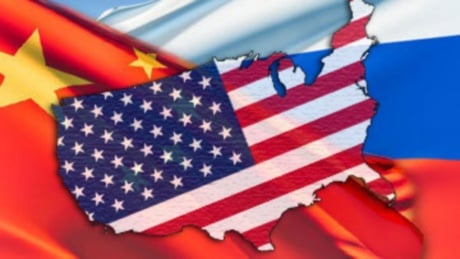 First we will outline the main contours of historical China ’s rise to global economic superiority over West before the 19th century, following closely John Hobson’s account in The Eastern Origins of Western Civilization. Since the majority of western economic historians (liberal, conservative and Marxist) have presented historical China as a stagnant, backward, parochial society, an “oriental despotism”, some detailed correctives will be necessary. It is especially important to emphasize how China , the world technological power between 1100 and 1800, made the West’s emergence possible. It was only by borrowing and assimilating Chinese innovations that the West was able to make the transition to modern capitalist and imperialist economies.
First we will outline the main contours of historical China ’s rise to global economic superiority over West before the 19th century, following closely John Hobson’s account in The Eastern Origins of Western Civilization. Since the majority of western economic historians (liberal, conservative and Marxist) have presented historical China as a stagnant, backward, parochial society, an “oriental despotism”, some detailed correctives will be necessary. It is especially important to emphasize how China , the world technological power between 1100 and 1800, made the West’s emergence possible. It was only by borrowing and assimilating Chinese innovations that the West was able to make the transition to modern capitalist and imperialist economies.
In part two we will analyze and discuss the factors and circumstances which led to China ’s decline in the 19th century and its subsequent domination, exploitation and pillage by Western imperial countries, first England and then the rest of Europe, Japan and the United States .
In part three, we will briefly outline the factors leading to China’s emancipation from colonial and neo-colonial rule and analyze its recent rise to becoming the second largest global economic power.
Finally we will look at the past and present threats to China ’s rise to global economic power, highlighting the similarities between British colonialism of the 18 and 19th centuries and the current US imperial strategies and focusing on the weaknesses and strengths of past and present Chinese responses.
China: The Rise and Consolidation of Global Power 1100 – 1800
In a systematic comparative format, John Hobson provides a wealth of empirical indicators demonstrating China ’s global economic superiority over the West and in particular England . These are some striking facts:
As early as 1078, China was the world’s major producer of steel (125,000 tons); whereas Britain in 1788 produced 76,000 tons.
China was the world’s leader in technical innovations in textile manufacturing, seven centuries before Britain ’s 18th century “textile revolution”.
China was the leading trading nation, with long distance trade reaching most of Southern Asia, Africa, the Middle East and Europe . China’s ‘agricultural revolution’ and productivity surpassed the West down to the 18th century.
Its innovations in the production of paper, book printing, firearms and tools led to a manufacturing superpower whose goods were transported throughout the world by the most advanced navigational system.
China possessed the world’s largest commercial ships. In 1588 the largest English ships displaced 400 tons, China ’s 3,000 tons. Even as late as the end of the 18th century China ’s merchants employed 130,000 private transport ships, several times that of Britain . China retained this pre-eminent position in the world economy up until the early 19th century.
British and Europeans manufacturers followed China ’s lead, assimilating and borrowing its more advanced technology and were eager to penetrate China ’s advanced and lucrative market.
Banking, a stable paper money economy, manufacturing and high yields in agriculture resulted in China ’s per capita income matching that of Great Britain as late as 1750.
China ’s dominant global position was challenged by the rise of British imperialism, which had adopted the advanced technological, navigational and market innovations of China and other Asian countries in order to bypass earlier stages in becoming a world power[2].
Western Imperialism and the Decline of China
The British and Western imperial conquest of the East, was based on the militaristic nature of the imperial state, its non-reciprocal economic relations with overseas trading countries and the Western imperial ideology which motivated and justified overseas conquest.
Unlike China , Britain ’s industrial revolution and overseas expansion was driven by a military policy. According to Hobson, during the period from 1688-1815 Great Britain was engaged in wars 52% of the time[3]. Whereas the Chinese relied on their open markets and their superior production and sophisticated commercial and banking skills, the British relied on tariff protection, military conquest, the systematic destruction of competitive overseas enterprises as well as the appropriation and plunder of local resources. China ’s global predominance was based on ‘reciprocal benefits’ with its trading partners, while Britain relied on mercenary armies of occupation, savage repression and a ‘divide and conquer’ policy to foment local rivalries. In the face of native resistance, the British (as well as other Western imperial powers) did not hesitate to exterminate entire communities[4].
Unable to take over the Chinese market through greater economic competitiveness, Britain relied on brute military power. It mobilized, armed and led mercenaries, drawn from its colonies in India and elsewhere to force its exports on China and impose unequal treaties to lower tariffs. As a result China was flooded with British opium produced on its plantations in India – despite Chinese laws forbidding or regulating the importation and sale of the narcotic. China ’s rulers, long accustomed to its trade and manufacturing superiority, were unprepared for the ‘new imperial rules’ for global power. The West’s willingness to use military power to win colonies, pillage resources and recruit huge mercenary armies commanded by European officers spelt the end for China as a world power.
China had based its economic predominance on ‘non-interference in the internal affairs of its trading partners’. In contrast, British imperialists intervened violently in Asia , reorganizing local economies to suit the needs of the empire (eliminating economic competitors including more efficient Indian cotton manufacturers) and seized control of local political, economic and administrative apparatus to establish the colonial state.
Britain ’s empire was built with resources seized from the colonies and through the massive militarization of its economy[5]. It was thus able to secure military supremacy over China . China ’s foreign policy was hampered by its ruling elite’s excessive reliance on trade relations. Chinese officials and merchant elites sought to appease the British and convinced the emperor to grant devastating extra-territorial concessions opening markets to the detriment of Chinese manufacturers while surrendering local sovereignty. As always, the British precipitated internal rivalries and revolts further destabilizing the country.
Western and British penetration and colonization of China ’s market created an entire new class: The wealthy Chinese ‘compradores’ imported British goods and facilitated the takeover of local markets and resources. Imperialist pillage forced greater exploitation and taxation of the great mass of Chinese peasants and workers. China ’s rulers were obliged to pay the war debts and finance trade deficits imposed by the Western imperial powers by squeezing its peasantry. This drove the peasants to starvation and revolt.
By the early 20th century (less than a century after the Opium Wars), China had descended from world economic power to a broken semi-colonial country with a huge destitute population. The principle ports were controlled by Western imperial officials and the countryside was subject to the rule by corrupt and brutal warlords. British opium enslaved millions.
British Academics: Eloquent Apologists for Imperial Conquest
The entire Western academic profession – first and foremost British imperial historians – attributed British imperial dominance of Asia to English ‘technological superiority’ and China’s misery and colonial status to ‘oriental backwardness’, omitting any mention of the millennium of Chinese commercial and technical progress and superiority up to the dawn of the 19th century. By the end of the 1920’s, with the Japanese imperial invasion, China ceased to exist as a unified country. Under the aegis of imperial rule, hundreds of millions of Chinese had starved or were dispossessed or slaughtered, as the Western powers and Japan plundered its economy. The entire Chinese ‘collaborator’ comprador elite were discredited before the Chinese people.
What did remain in the collective memory of the great mass of the Chinese people – and what was totally absent in the accounts of prestigious US and British academics – was the sense of China once having been a prosperous, dynamic and leading world power. Western commentators dismissed this collective memory of China ’s ascendancy as the foolish pretensions of nostalgic lords and royalty – empty Han arrogance.
China Rises from the Ashes of Imperial Plunder and Humiliation: The Chinese Communist Revolution
 The rise of modern China to become the second largest economy in the world was made possible only through the success of the Chinese communist revolution in the mid-20th century. The People’s Liberation ‘Red’ Army defeated first the invading Japanese imperial army and later the US imperialist-backed comprador led Kuomintang “Nationalist” army. This allowed the reunification of China as an independent sovereign state. The Communist government abolished the extra-territorial privileges of the Western imperialists, ended the territorial fiefdoms of the regional warlords and gangsters and drove out the millionaire owners of brothels, the traffickers of women and drugs as well as the other “service providers” to the Euro-American Empire.
The rise of modern China to become the second largest economy in the world was made possible only through the success of the Chinese communist revolution in the mid-20th century. The People’s Liberation ‘Red’ Army defeated first the invading Japanese imperial army and later the US imperialist-backed comprador led Kuomintang “Nationalist” army. This allowed the reunification of China as an independent sovereign state. The Communist government abolished the extra-territorial privileges of the Western imperialists, ended the territorial fiefdoms of the regional warlords and gangsters and drove out the millionaire owners of brothels, the traffickers of women and drugs as well as the other “service providers” to the Euro-American Empire.
In every sense of the word, the Communist revolution forged the modern Chinese state. The new leaders then proceeded to reconstruct an economy ravaged by imperial wars and pillaged by Western and Japanese capitalists. After over 150 years of infamy and humiliation the Chinese people recovered their pride and national dignity. These socio-psychological elements were essential in motivating the Chinese to defend their country from the US attacks, sabotage, boycotts, and blockades mounted immediately after liberation.
Contrary to Western and neoliberal Chinese economists, China ’s dynamic growth did not start in 1980. It began in 1950, when the agrarian reform provided land, infrastructure, credits and technical assistance to hundreds of millions of landless and destitute peasants and landless rural workers. Through what is now called “human capital” and gigantic social mobilization, the Communists built roads, airfields, bridges, canals and railroads as well as the basic industries, like coal, iron and steel, to form the backbone of the modern Chinese economy. Communist China’s vast free educational and health systems created a healthy, literate and motivated work force. Its highly professional military prevented the US from extending its military empire throughout the Korean peninsula up to China ’s territorial frontiers. Just as past Western scholars and propagandists fabricated a history of a “stagnant and decadent” empire to justify their destructive conquest, so too their modern counterparts have rewritten the first thirty years of Chinese Communist history, denying the role of the revolution in developing all the essential elements for a modern economy, state and society. It is clear that China ’s rapid economic growth was based on the development of its internal market, its rapidly growing cadre of scientists, skilled technicians and workers and the social safety net which protected and promoted working class and peasant mobility were products of Communist planning and investments.
China ’s rise to global power began in 1949 with the removal of the entire parasitic financial, compradore and speculative classes who had served as the intermediaries for European, Japanese and US imperialists draining China of its great wealth.
China’s Transition to Capitalism
Beginning in 1980 the Chinese government initiated a dramatic shift in its economic strategy: Over the next three decades, it opened the country to large-scale foreign investment; it privatized thousands of industries and it set in motion a process of income concentration based on a deliberate strategy of re-creating a dominant economic class of billionaires linked to overseas capitalists. China ’s ruling political class embraced the idea of “borrowing” technical know-how and accessing overseas markets from foreign firms in exchange for providing cheap, plentiful labor at the lowest cost.
The Chinese state re-directed massive public subsidies to promote high capitalist growth by dismantling its national system of free public education and health care. They ended subsidized public housing for hundreds of millions of peasants and urban factory workers and provided funds to real estate speculators for the construction of private luxury apartments and office skyscrapers. China ’s new capitalist strategy as well as its double digit growth was based on the profound structural changes and massive public investments made possible by the previous communist government. China ’s private sector “take off” was based on the huge public outlays made since 1949.
The triumphant new capitalist class and its Western collaborators claimed all the credit for this “economic miracle” as China rose to become the world’s second largest economy. This new Chinese elite have been less eager to announce China ’s world-class status in terms of brutal class inequalities, rivaling only the US .
China: From Imperial Dependency to World Class Competitor
China ’s sustained growth in its manufacturing sector was a result of highly concentrated public investments, high profits, technological innovations and a protected domestic market. While foreign capital profited, it was always within the framework of the Chinese state’s priorities and regulations. The regime’s dynamic ‘export strategy’ led to huge trade surpluses, which eventually made China one of the world’s largest creditors especially for US debt. In order to maintain its dynamic industries, China has required huge influxes of raw materials, resulting in large-scale overseas investments and trade agreements with agro-mineral export countries in Africa and Latin America . By 2010 China displaced the US and Europe as the main trading partner in many countries in Asia, Africa and Latin America .
Modern China ’s rise to world economic power, like its predecessor between 1100-1800, is based on its gigantic productive capacity: Trade and investment was governed by a policy of strict non-interference in the internal relations of its trading partners. Unlike the US , China did initiate brutal wars for oil; instead it signed lucrative contracts. And China does not fight wars in the interest of overseas Chinese, as the US has done in the Middle East for Israel .
The seeming imbalance between Chinese economic and military power is in stark contrast to the US where a bloated, parasitic military empire continues to erode its own global economic presence.
US military spending is twelve times that of China . Increasingly the US military plays the key role shaping policy in Washington as it seeks to undercut China ’s rise to global power.
China’s Rise to World Power: Will History Repeat Itself?
China has been growing at about 9% per annum and its goods and services are rapidly rising in quality and value. In contrast, the US and Europe have wallowed around 0% growth from 2007-2012. China ’s innovative techno-scientific establishment routinely assimilates the latest inventions from the West (and Japan ) and improves them, thereby decreasing the cost of production. China has replaced the US and European controlled “international financial institutions” (the IMF, World Bank, the Inter-American Development Bank) as the principle lender in Latin America . China continues to lead as the prime investor in African energy and mineral resources. China has replaced the US as the principle market for Saudi Arabian, Sudanese and Iranian petroleum and it will soon replace the US as the principle market for Venezuela petroleum products. Today China is the world’s biggest manufacturer and exporter, dominating even the US market, while playing the role of financial life line as it holds over $1.3 trillion in US Treasury notes.
Under growing pressure from its workers, farmers and peasants, China ’s rulers have been developing the domestic market by increasing wages and social spending to rebalance the economy and avoid the specter of social instability. In contrast, US wages, salaries and vital public services have sharply declined in absolute and relative terms.
Given the current historical trends it is clear that China will replace the US as the leading world economic power, over the next decade, if the US empire does not strike back and if China ’s profound class inequalities do not lead to a major social upheaval.
Modern China ’s rise to global power faces serious challenges. In contrast to China ’s historical ascent on the world stage, modern Chinese global economic power is not accompanied by any imperialist undertakings. China has seriously lagged behind the US and Europe in aggressive war-making capacity. This may have allowed China to direct public resources to maximize economic growth, but it has left China vulnerable to US military superiority in terms of its massive arsenal, its string of forward bases and strategic geo-military positions right off the Chinese coast and in adjoining territories.
In the nineteenth century British imperialism demolished China ’s global position with its military superiority, seizing China ’s ports – because of China ’s reliance on ‘mercantile superiority’.
The conquest of India , Burma and most of Asia allowed Britain to establish colonial bases and recruit local mercenary armies. The British and its mercenary allies encircled and isolated China , setting the stage for the disruption of China ’s markets and the imposition of the brutal terms of trade. The British Empire’s armed presence dictated what China imported (with opium accounting for over 50% of British exports in the 1850s) while undermining China ’s competitive advantages via tariff policies.
Today the US is pursuing similar policies: US naval fleet patrols and controls China ’s commercial shipping lanes and off-shore oil resources via its overseas bases. The Obama-Clinton White House is in the process of developing a rapid military response involving bases in Australia , Philippines and elsewhere in Asia . The US is intensifying its efforts to undermine Chinese overseas access to strategic resources while backing ‘grass roots’ separatists and ‘insurgents’ in West China, Tibet, Sudan, Burma, Iran, Libya, Syria and elsewhere. The US military agreements with India and the installation of a pliable puppet regime in Pakistan have advanced its strategy of isolating China . While China upholds its policy of “harmonious development” and “non-interference in the internal affairs of other countries”, it has stepped aside as US and European military imperialism have attacked a host of China’s trading partners to essentially reverse China’s peaceful commercial expansion.
China’s lack of a political and ideological strategy capable of protecting its overseas economic interests has been an invitation for the US and NATO to set-up regimes hostile to China . The most striking example is Libya where US and NATO intervened to overthrow an independent government led by President Gadhafi, with whom China had signed multi-billion dollar trade and investments agreements. The NATO bombardment of Libyan cities, ports and oil installation forced the Chinese to withdraw 35,000 Chinese oil engineers and construction workers in a matter of days. The same thing happened in Sudan where China had invested billions to develop its oil industry. The US, Israel and Europe armed the South Sudanese rebels to disrupt the flow of oil and attack Chinese oil workers[6]. In both cases China passively allowed the US and European military imperialists to attack its trade partners and undermine its investments.
Under Mao Tse Tung, China had an active policy countering imperial aggression: It supported revolutionary movements and independent Third World governments. Today’s capitalist China does not have an active policy of supporting governments or movements capable of protecting China ’s bilateral trade and investment agreements. China ’s inability to confront the rising tide of US military aggression against its economic interests, is due to deep structural problems. China’s foreign policy is shaped by big commercial, financial and manufacturing interests who rely on their ‘economic competitive edge’ to gain market shares and have no understanding of the military and security underpinnings of global economic power. China ’s political class is deeply influenced by a new class of billionaires with strong ties to Western equity funds and who have uncritically absorbed Western cultural values. This is illustrated by their preference for sending their own children to elite universities in the US and Europe . They seek “accommodation with the West” at any price.
This lack of any strategic understanding of military empire-building has led them to respond ineffectively and ad hoc to each imperialist action undermining their access to resources and markets. While China ’s “business first” outlook may have worked when it was a minor player in the world economy and US empire builders saw the “capitalist opening” as a chance to easily takeover China ’s public enterprises and pillage the economy. However, when China (in contrast to the former USSR) decided to retain capital controls and develop a carefully calibrated, state directed “industrial policy” directing western capital and the transfer of technology to state enterprises, which effectively penetrated the US domestic and overseas markets, Washington began to complain and talked of retaliation.
China ’s huge trade surpluses with the US provoked a dual response in Washington : It sold massive quantities of US Treasury bonds to the Chinese and began to develop a global strategy to block China ’s advance. Since the US lacked economic leverage to reverse its decline, it relied on its only “comparative advantage” – its military superiority based on a world wide system of attack bases, a network of overseas client regimes, military proxies, NGO’ers, intellectuals and armed mercenaries. Washington turned to its vast overt and clandestine security apparatus to undermine China ’s trading partners. Washington depends on its long-standing ties with corrupt rulers, dissidents, journalists and media moguls to provide the powerful propaganda cover while advancing its military offensive against China ’s overseas interests.
China has nothing to compare with the US overseas ‘security apparatus’ because it practices a policy of “non-interference”. Given the advanced state of the Western imperial offensive, China has taken only a few diplomatic initiatives, such as financing English language media outlets to present its perspective, using its veto power on the UN Security Council to oppose US efforts to overthrow the independent Assad regime in Syria and opposing the imposition of drastic sanctions against Iran . It sternly repudiated US Secretary of State Hilary Clinton’s vitriolic questioning of the ‘legitimacy’ of the Chinese state when it voted against the US-UN resolution preparing an attack on Syria[7].
Chinese military strategists are more aware and alarmed at the growing military threat to China . They have successfully demanded a 19% annual increase in military spending over the next five years (2011-2015)[8]. Even with this increase, China’s military expenditures will still be less than one-fifth of the US military budget and China has not one overseas military base in stark contrast to the over 750 US installations abroad. Overseas Chinese intelligence operations are minimal and ineffective. Its embassies are run by and for narrow commercial interests who utterly failed to understand NATO’s brutal policy of regime change in Libya and inform Beijing of its significance to the Chinese state.
There are two other structural weaknesses undermining China ’s rise as a world power. This includes the highly ‘Westernized’ intelligentsia which has uncritically swallowed US economic doctrine about free markets while ignoring its militarized economy. These Chinese intellectuals parrot the US propaganda about the ‘democratic virtues’ of billion-dollar Presidential campaigns, while supporting financial deregulation which would have led to a Wall Street takeover of Chinese banks and savings. Many Chinese business consultants and academics have been educated in the US and influenced by their ties to US academics and international financial institutions directly linked to Wall Street and the City of London . They have prospered as highly-paid consultants receiving prestigious positions in Chinese institutions. They identify the ‘liberalization of financial markets’ with “advanced economies” capable of deepening ties to global markets instead of as a major source of the current global financial crisis. These “Westernized intellectuals” are like their 19th century comprador counterparts who underestimated and dismissed the long-term consequences of Western imperial penetration. They fail to understand how financial deregulation in the US precipitated the current crisis and how deregulation would lead to a Western takeover of China ’s financial system- the consequences of which would reallocate China ’s domestic savings to non-productive activities (real estate speculation), precipitate financial crisis and ultimately undermine China ’s leading global position.
These Chinese yuppies imitate the worst of Western consumerist life styles and their political outlooks are driven by these life styles and Westernized identities which preclude any sense of solidarity with their own working class.
There is an economic basis for the pro-Western sentiments of China ’s neo-compradors. They have transferred billions of dollars to foreign bank accounts, purchased luxury homes and apartments in London , Toronto , Los Angeles , Manhattan , Paris , Hong Kong and Singapore . They have one foot in China (the source of their wealth) and the other in the West (where they consume and hide their wealth).
Westernized compradores are deeply embedded in China ’s economic system having family ties with the political leadership in the party apparatus and the state. Their connections are weakest in the military and in the growing social movements, although some “dissident” students and academic activists in the “democracy movements” are backed by Western imperial NGO’s. To the extent that the compradors gain influence, they weaken the strong economic state institutions which have directed China ’s ascent to global power, just as they did in the 19th century by acting as intermediaries for the British Empire . Proclaiming 19th Century “liberalism” British opium addicted over 50 million Chinese in less than a decade. Proclaiming “democracy and human rights” US gunboats now patrol off China ’s coast. China ’s elite-directed rise to global economic power has spawned monumental inequalities between the thousands of new billionaires and multi-millionaires at the top and hundreds of millions of impoverished workers, peasants and migrant workers at the bottom.
China ’s rapid accumulation of wealth and capital was made possible through the intense exploitation of its workers who were stripped of their previous social safety net and regulated work conditions guaranteed under Communism. Millions of Chinese households are being dispossessed in order to promote real estate developer/speculators who then build high rise offices and the luxury apartments for the domestic and foreign elite. These brutal features of ascendant Chinese capitalism have created a fusion of workplace and living space mass struggle which is growing every year. The developer/speculators’ slogan “to get rich is wonderful” has lost its power to deceive the people. In 2011 there were over 200,000 popular encompassing urban coastal factories and rural villages. The next step, which is sure to come, will be the unification of these struggles into new national social movements with a class-based agenda demanding the restoration of health and educational services enjoyed under the Communists as well as a greater share of China’s wealth. Current demands for greater wages can turn to demands for greater work place democracy. To answer these popular demands China ’s new compradore-Westernized liberals cannot point to their ‘model’ in the US empire where American workers are in the process of being stripped of the very benefits Chinese workers are struggling to regain.
China , torn by deepening class and political conflict, cannot sustain its drive toward global economic leadership. China ’s elite cannot confront the rising global imperial military threat from the US with its comprador allies among the internal liberal elite while the country is a deeply divided society with an increasingly hostile working class. The time of unbridled exploitation of China ’s labor has to end in order to face the US military encirclement of China and economic disruption of its overseas markets. China possesses enormous resources. With over $1.5 trillion dollars in reserves China can finance a comprehensive national health and educational program throughout the country.
China can afford to pursue an intensive ‘public housing program’ for the 250 million migrant workers currently living in urban squalor. China can impose a system of progressive income taxes on its new billionaires and millionaires and finance small family farmer co-operatives and rural industries to rebalance the economy. Their program of developing alternative energy sources, such as solar panels and wind farms – are a promising start to addressing their serious environmental pollution. Degradation of the environment and related health issues already engage the concern of tens of millions. Ultimately China ’s best defense against imperial encroachments is a stable regime based on social justice for the hundreds of millions and a foreign policy of supporting overseas anti-imperialist movements and regimes – whose independence are in China ’s vital interest. What is needed is a pro-active policy based on mutually beneficial joint ventures including military and diplomatic solidarity. Already a small, but influential, group of Chinese intellectuals have raised the issue of the growing US military threat and are “saying no to gunboat diplomacy”.[9]
Modern China has plenty of resources and opportunities, unavailable to China in the 19th century when it was subjugated by the British Empire . If the US continues to escalate its aggressive militaristic policy against China , Beijing can set off a serious fiscal crisis by dumping a few of its hundreds of billions of dollars in US Treasury notes. China , a nuclear power should reach out to its similarly armed and threatened neighbor, Russia , to confront and confound the bellicose rantings of US Secretary of State, Hilary Clinton. Russian President-to-be Putin vows to increase military spending from 3% to 6% of the GDP over the next decade to counter Washington’s offensive missile bases on Russia’s borders and thwart Obama’s ‘regime change’ programs against its allies, like Syria[10].
China has powerful trading, financial and investment networks covering the globe as well as powerful economic partners .These links have become essential for the continued growth of many of countries throughout the developing world. In taking on China , the US will have to face the opposition of many powerful market-based elites throughout the world. Few countries or elites see any future in tying their fortunes to an economically unstable empire-based on militarism and destructive colonial occupations.
In other words, modern China , as a world power, is incomparably stronger than it was in early 18th century. The US does not have the colonial leverage that the ascendant British Empire possessed in the run-up to the Opium Wars. Moreover, many Chinese intellectuals and the vast majority of its citizens have no intention of letting its current “Westernized compradors” sell out the country. Nothing would accelerate political polarization in Chinese society and hasten the coming of a second Chinese social revolution more than a timid leadership submitting to a new era of Western imperial pillage.
Notes
[1] John Hobson, The Eastern Origins of Western Civilization ( Cambridge UK : Cambridge University Press 2004)
[2] Ibid, Ch. 9 pp. 190 -218
[3] Ibid, Ch. 11, pp. 244-248
[4] Richard Gott, Britain’s Empire: Resistance, Repression and Revolt ( London : Verso 2011) for a detailed historical chronicle of the savagery accompanying Britain ’s colonial empire.
[5] Hobson, pp. 253 – 256.
[6] Katrina Manson, “South Sudan puts Beijing ’s policies to the test”, Financial Times, 2/21/12, p. 5.
[7] Interview of Clinton NPR, 2/26/12.
[8] La Jornada, 2/15/12 ( Mexico City ).
[9] China Daily (2/20/2012)
[10]Charles Clover, ‘Putin vows huge boost in defense spending’, Financial Times, 2/12/2012
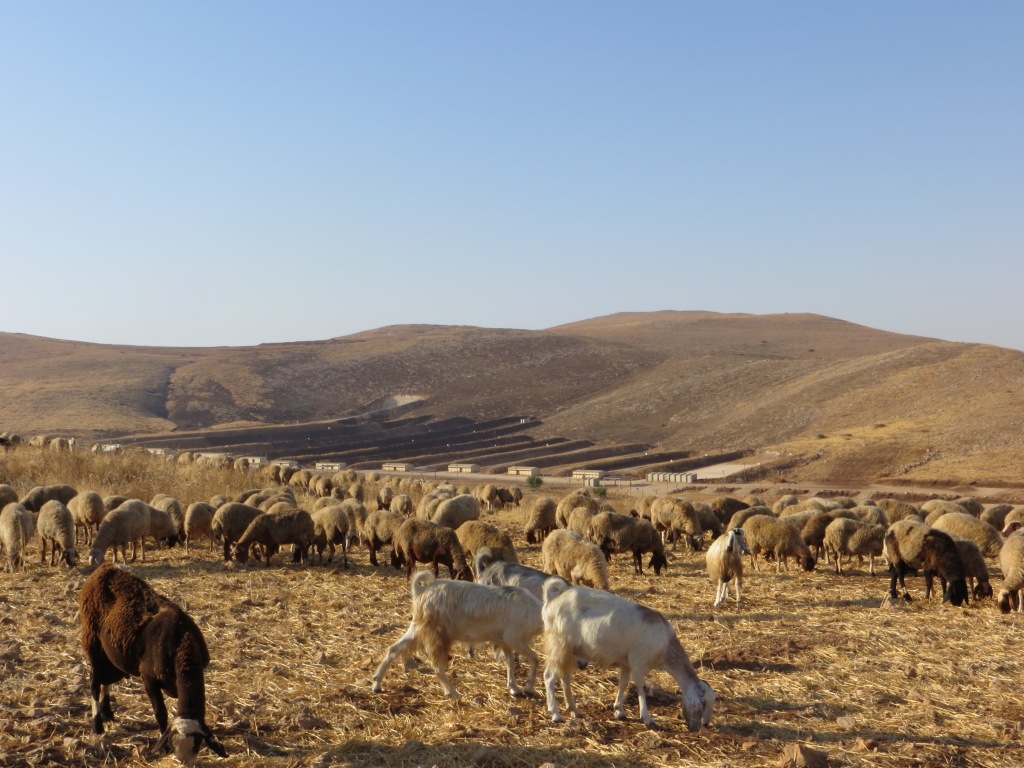

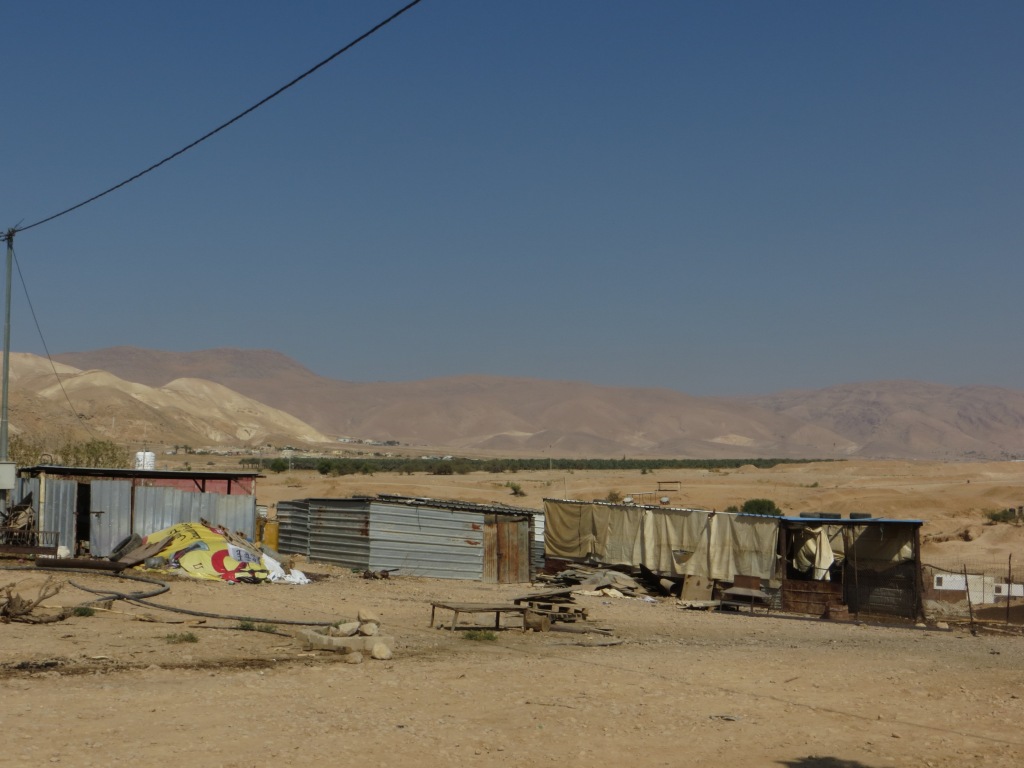
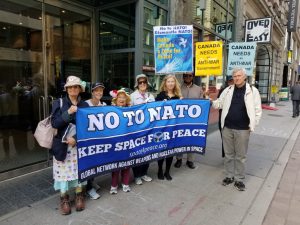 These issues are at the forefront of the Global Research News Hour on a week designated by peace activists as ‘
These issues are at the forefront of the Global Research News Hour on a week designated by peace activists as ‘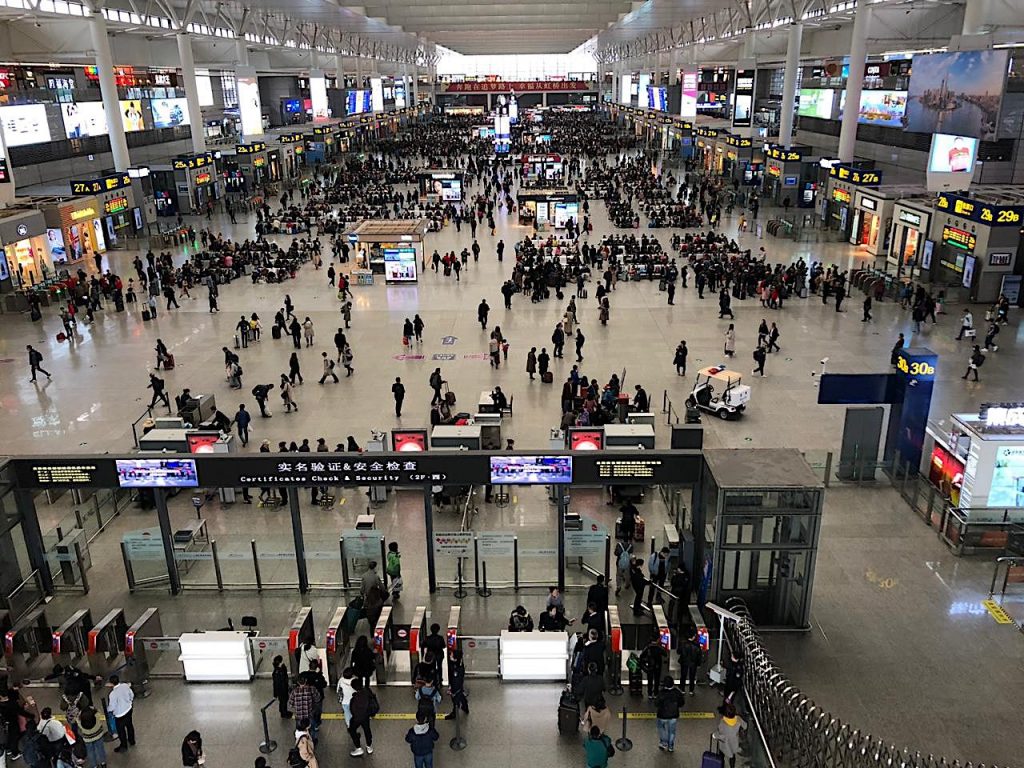

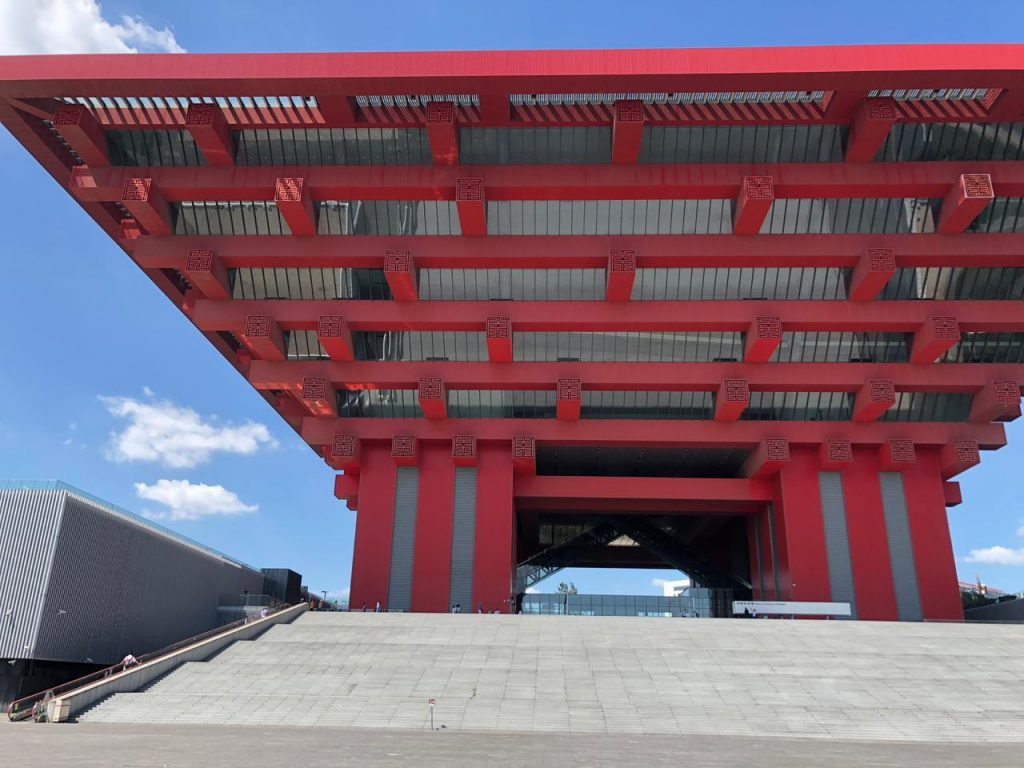

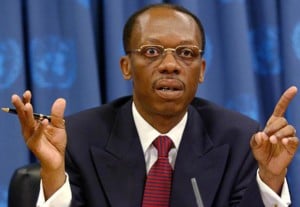
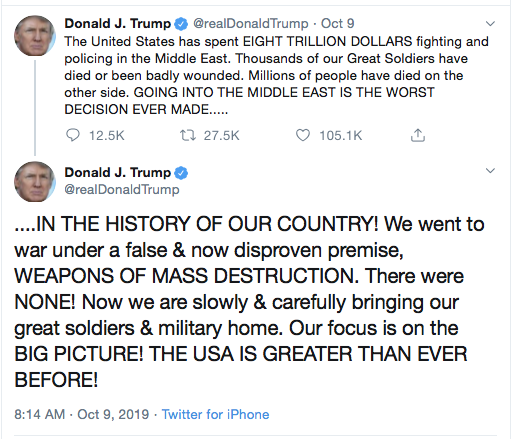





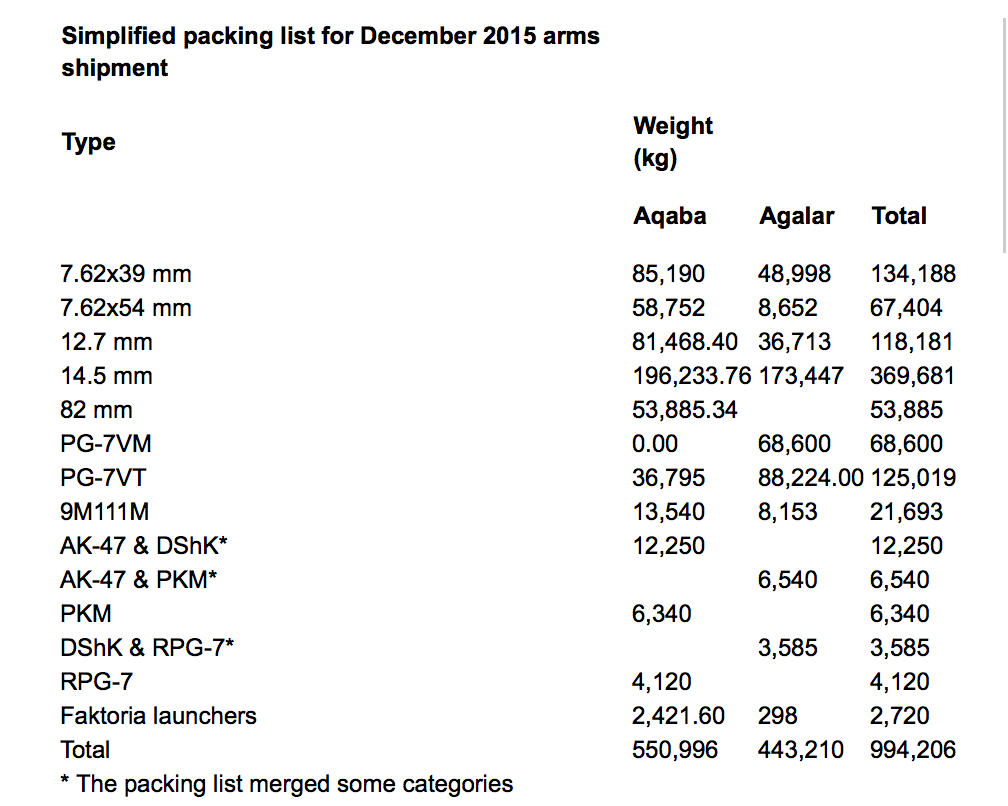





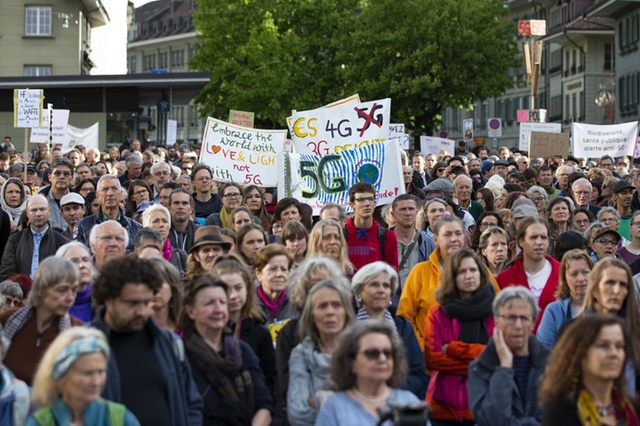



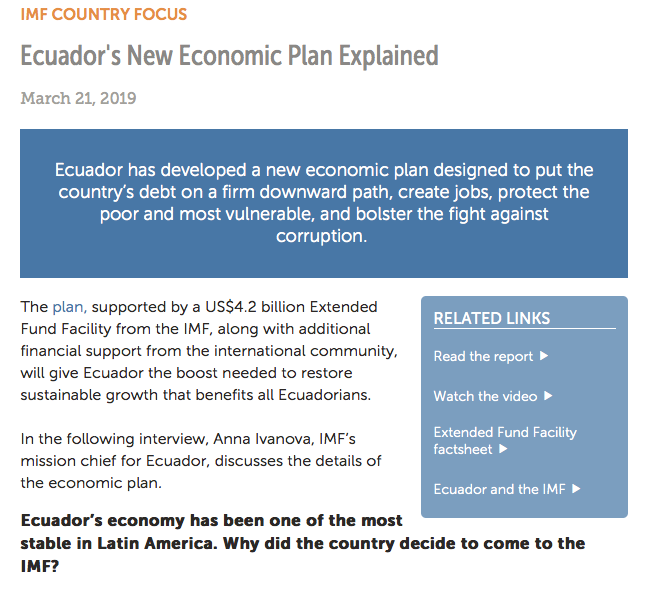
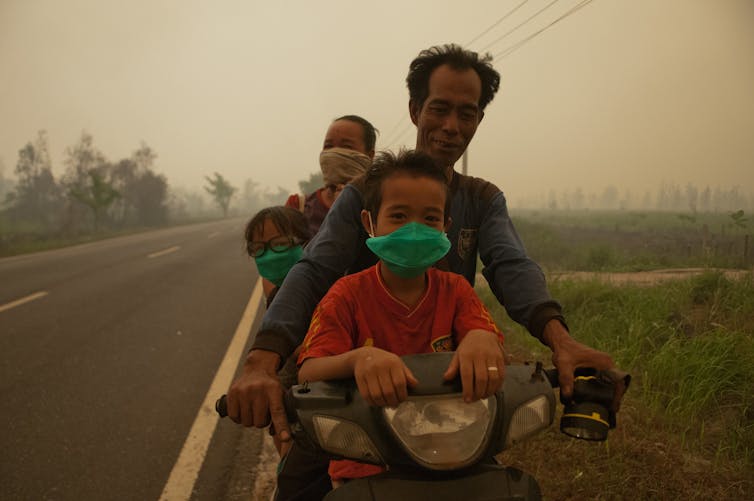


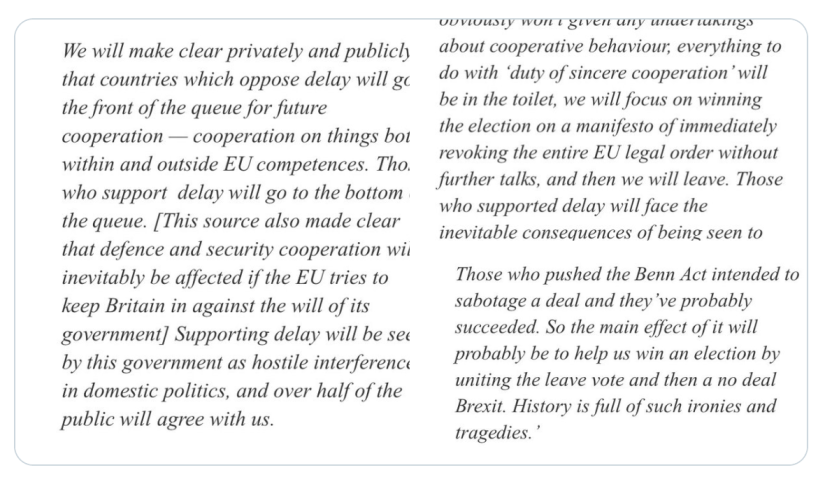
 e the figures and statistics to know this… we sense it! Having a billionaire in the White House only confirms this truth.
e the figures and statistics to know this… we sense it! Having a billionaire in the White House only confirms this truth.





























